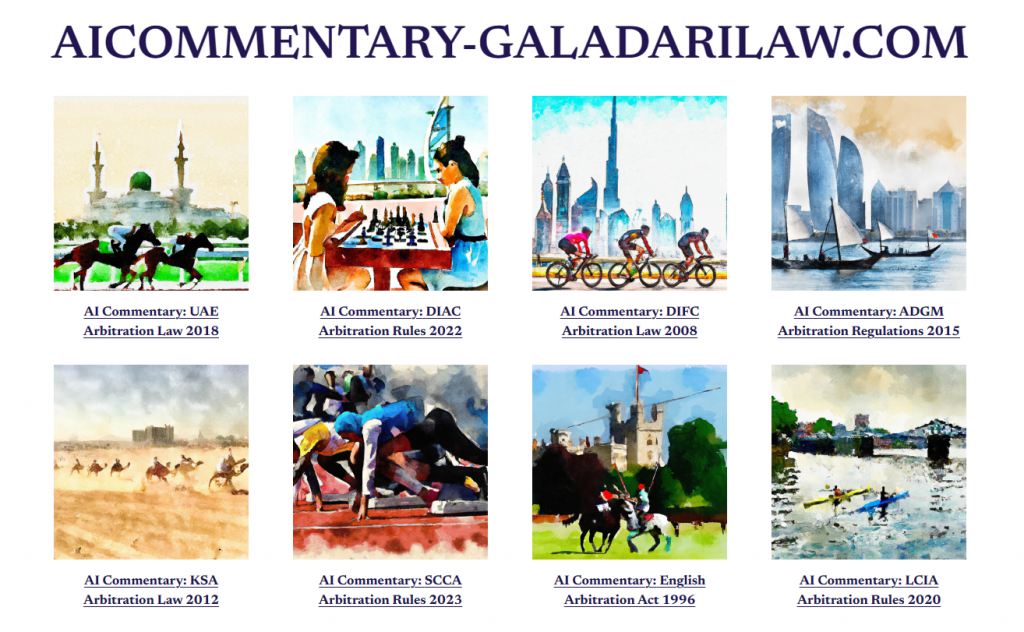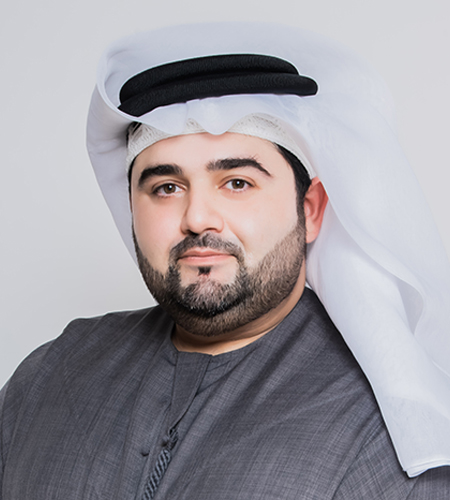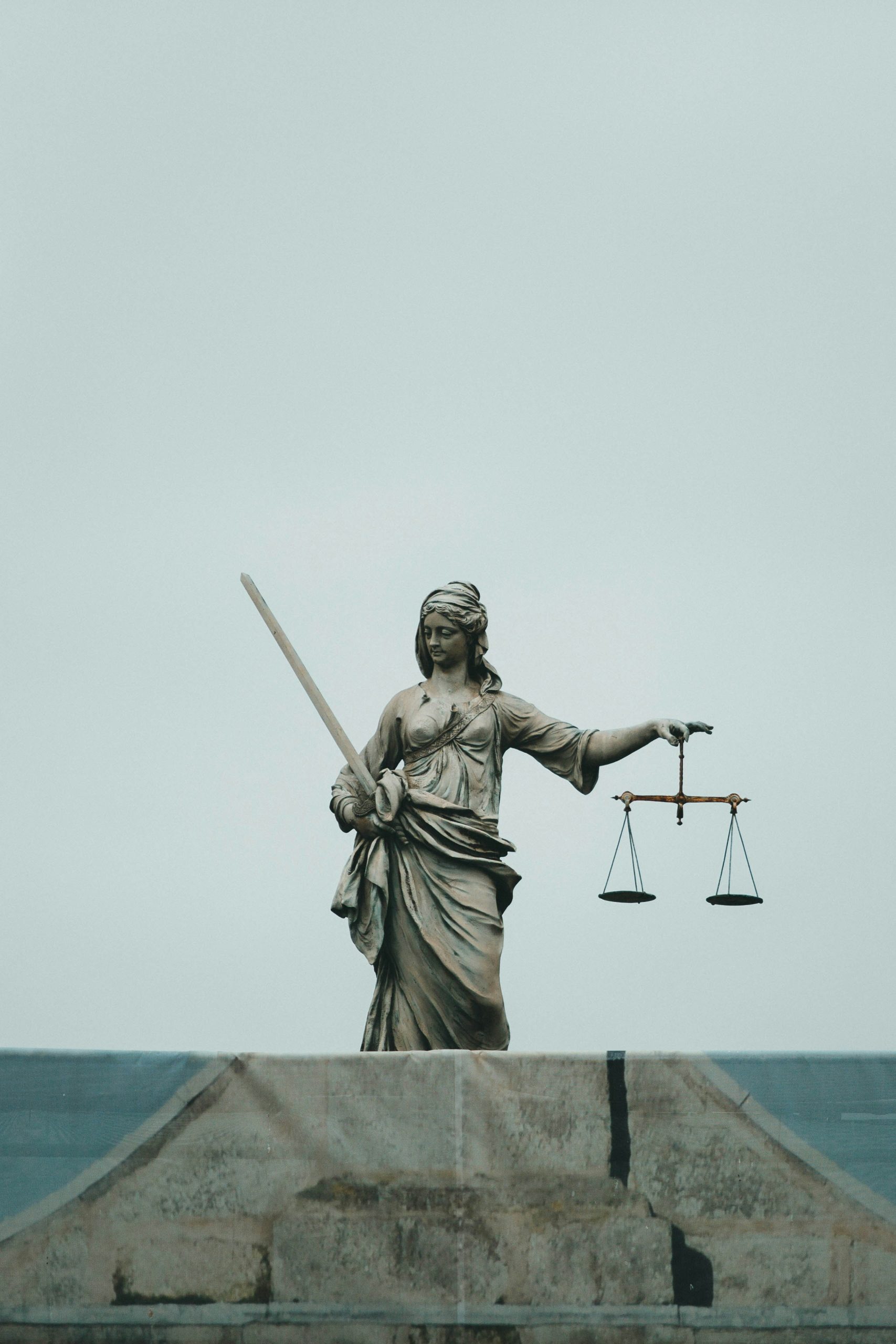
Arbitration Commentary by Artificial Intelligence
Arbitration Commentary by Artificial Intelligence
The full AI-Commentary can be found here.
The term ‘artificial intelligence’ (AI) was first suggested by John McCarthy in 1955 defining it as a problem “of making a machine behave in ways that would be called intelligent if a human were so behaving”.
Almost seventy years later, thanks to many hype cycles that advanced the technologies and despite multiple AI winters that temporarily put the same technologies on ice, it appears AI is finally here to stay. The ability of leading AI platforms to maintain a logical conversation with a human is hardly in any doubt. Thus, it could be argued that Mr McCarthy’s problem of a machine behaving in ways that would be called intelligent was solved.
Furthermore, the benefits of AI for both individuals and businesses have transition from being purely theoretical to practicable and, to a great extent, measurable. Presently, for legal practitioners such calculations would mostly be based on the billable time saved, for example, on document review and textual analysis or production of documents based on standard templates. Further, there is a huge potential to use AI to write simple code automating mundane tasks, such as generation of exhibit lists, (re)numbering of exhibits, bulk-conversion of documents from one file format into another, updating cross-references or footnotes in a document — one can think of plenty of use cases and what is needed is a bit of knowledge on how to make basic changes to that code and run it. However, as of the date of this publication, AI systems generally cannot yet be reliably used for legal research.
Galadari’s AI Commentary on arbitration rules, laws, and treaties, was composed with the aim to conduct an experiment using AI to ascertain the current level and quality of AI analysis and ostensible logic in the team’s area of expertise — arbitration. In other words, the objective was to determine if AI could digest large quantities of complicated information and produce, at the very least, accurate and logical analysis of the relevant text.
In the development of the AI Commentary, ChatGPT (GPT-3.5), an AI-powered language model developed by OpenAI was used. This AI model is capable of generating human-like text based on context and past conversations. The method used, chosen for the consistency, and not due to lack of imagination, implemented the use of the following prompt template to generate commentary on each provision of the relevant text: ‘analyse article/section X of arbitration law/rules/treaty’.
Overall, the general outcome of the experiment indicates that, in the majority of cases, ChatGPT was able to successfully dissect provisions, spot important nuances, and generate meaningful commentary on the relevant provisions. Specifically, once ChatGPT was presented with a provision for analysis, it would typically attempt to break down the text into separate aspects into bullet point format, tackling each one by one and summarising the provision as the end of its analysis. This approach is consistently observed by ChatGPT across all of the AI Commentary publications. This method was found to be suitable and beneficial, allowing readers to process the analysis in a systematic manner and benefit from ChatGPT’s separation of the provision into narrower aspects that the reader may be specifically interested in. It was also noted that ChatGPT does not overlook or miss certain aspects of a provision, which is a potential human risk factor. ChatGPT addressed every aspect of the provision without fail.
The commentary produced using ChatGPT did display some shortcomings. For example, there were instances which ChatGPT would “hallucinate”, making something up, which is a well-known limitation not only for OpenAI and ChatGPT user but also for other AI systems. Occasionally, ChatGPT would not appreciate the important distinction between ‘may’ or ‘should’ and the commanding ‘shall’, which can be crucial. Parenthetically, ChatGPT would simply paraphrase a provision several times within a single answer or alter the format of the responses with a series of prompts within the same commentary. It was expected that there would be issues, but it was pleasantly surprising that their occurrence was much lower than anticipated.
Taking into consideration all the potential and existing scepticism within the legal community and existing issues, primarily related to hallucinations, which occur when the AI model produces information that is not accurate or reliable. The benefits of AI Commentary were identified in at least two ways. First, it provided assistance in allowing the opportunity to perform a sense check on the understanding of a provision or its aspect against ChatGPT’s analysis. Second, the time required to produce 24 publications comprising the AI Commentary was significantly less than the typical duration needed to produce a single comprehensive commentary text on any of the relevant arbitration laws, rules, or treaties.
In this regard, the purpose of publishing the AI Commentary is to provide arbitration practitioners and academics with a general sense of what is presently possible to achieve in the field of arbitration with the assistance of generative AI software and encourage the arbitration community to push the boundaries of arbitration as a flexible, efficient, and effective dispute resolution method with the assistance of such AI systems as ChatGPT.
Notably, all commentary was generated with ChatGPT and is supported by a high-level evaluation by the Editors. Accordingly, the commentary may contain inaccurate and/or incomplete information. Readers are strongly advised to exercise caution reading the commentary with some scepticism and to keep a pencil in hand to note any inaccuracies. Needless to say, nothing in this text should be considered and/or relied upon as legal advice. For detailed information, please refer to OpenAI’s Terms & Policies: openai.com/policies.
This project would not be complete without front page illustrations, which were also generated by AI. DALL E, another OpenAI system capable of creating images based on prompts, was used for this purpose. The chosen concept is based on a watercolour painting style, primarily portraying athletic rivalries in locations that correspond to the relevant arbitration law, rules, or treaty. The hope is that the readers will find the illustrations aesthetically appealing.

Galadari’s Artificial Intelligence (AI) Commentary on arbitration rules, laws, and treaties, was composed by Senior Partner Abdulla Ziad Galadari, Senior Counsel Sergejs Dilevka, and Associate Dimitriy Mednikov.
Abdulla Ziad Galadari is the principal driving force behind the growth strategies of many private and public organisations across the UAE, who continuously develop under his leadership. He is a key influencer across the UAE, supporting a diverse range of businesses and senior dignitaries, helping them to navigate its legal framework. Abdulla has been recognised by The Legal 500 as a “Leading Individual” in the region.
Sergejs Dilevka is Senior Counsel at the Dispute Resolution department of the Galadari’s Dubai office. Sergejs is a dual-qualified lawyer and admitted as a Solicitor of the Senior Courts of England & Wales and as an Attorney and Counsellor of Law in the Courts of the State of New York. Sergejs has over 15 years of experience in advising and representing multinational companies and high-net-worth individuals in a wide range of complex institutional (ICC, LCIA, DIFC-LCIA, LMAA, SCC, SCIA, DIAC, GCC CAC) and ad hoc international and domestic arbitration proceedings, and litigation proceedings at DIFC Courts. Sergejs is a registered practitioner with DIFC Courts and ADGM Courts.
Dimitriy Mednikov is an Associate at the Dispute Resolution department of Galadari’s Dubai office. Dimitriy’s practice focuses on complex commercial arbitration, particularly in the IT, engineering and construction, and M&A sectors, under various institutional rules (ICC, LCIA, SCC, HKIAC, and DIAC). Dimitriy has substantial experience in advising and acting for high-net-worth individuals in cross-border disputes and criminal proceedings involving allegations of money laundering. Dimitriy is a registered practitioner with DIFC Courts and ADGM Courts.
Should you have any questions, comments, or observations, including any noticed errors, please do not hesitate to contact us directly via email at s.dilevka@galadarilaw.com.
 |
Abdulla Ziad Galadari Senior Partner abdulla@galadarilaw.com |
 |
Sergejs Dilevka Senior Counsel sergejs@galadarilaw.com |
 |
Dimitriy Mednikov Associate dimitriy.mednikov@galadarilaw.com |

